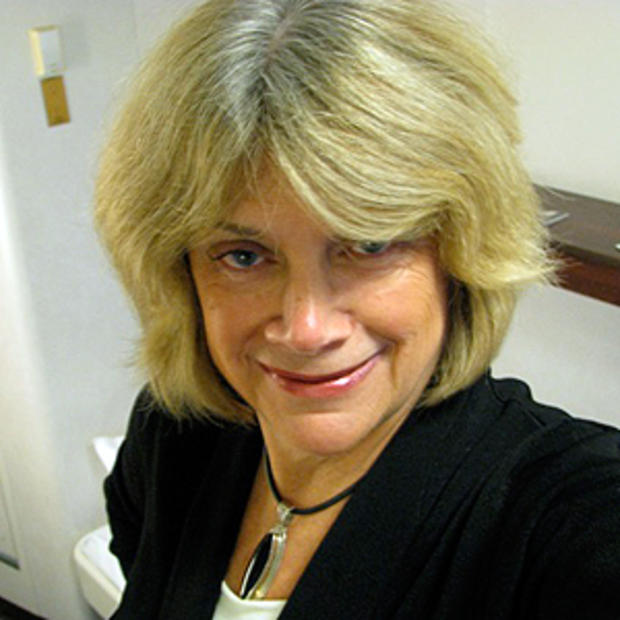With the winter solstice looming on Dec. 21, people in the Pacific Northwest often begin lusting for warmer climes, flip flops and blue skies. Maybe Hawaii, Mexico, or even a Caribbean cruise — anything to break up the drizzly, grey gloom that envelops us in its chilly grasp. But as much as I long for a winter retreat, I’ve also come to enjoy being in my own backyard this time of year. Not only do we have it mostly to ourselves, local getaways are easier on the debit card and don’t wipe out those precious vacation days.
Earlier this autumn, I took the Black Ball Ferry Line’s MV Coho from Port Angeles to Victoria, B.C., for an overnight stay. It was the middle of September, during our long stretch of hot weather, and my trip began on a morning ferry from my home on Whidbey Island to Port Townsend. From there, it was a 47-mile drive to the Black Ball Ferry Line terminal on East Railroad Avenue in downtown Port Angeles.
I had made a car reservation on the 12:30 p.m. sailing ($58.50 one-way for vehicle and driver, $16 for passengers), and arrived the suggested 60 minutes in advance. The dock was filled with an abundance of RVs and retirees, passengers milling about in the late morning sun. Off the port side of the dock was the Polar Resolution, an 894-foot crude oil tanker, and at noon the MV Coho arrived from Victoria. On the dock, drivers, passengers and four-legged creatures returned to their vehicles for the 90-minute sailing to Vancouver Island (pets are allowed on board certain areas of the ship).
The Coho was built in Seattle for $3 million in 1959, at the time the most expensive and largest privately funded passenger and vehicle ferry built in North America. The 341-foot vessel, designed by Seattle naval architect Philip F. Spaulding & Associates, was built at the Puget Sound Bridge & Dry Dock (the former Todd Pacific Shipyards, purchased by Vigor Shipyards in 2011).
The Coho made its inaugural run from Seattle to Port Angeles on Dec. 27, 1959 with a stop in Port Townsend. From there, on to Port Angeles for ship touring by the locals, and the next day a special voyage across the Strait of Juan de Fuca with state and provincial dignitaries on board. Its first commercial sailing to Victoria was on Dec. 29, carrying 225 passengers and 60 vehicles. Until 1973, the M.V. Coho not only sailed between Port Angeles and Victoria with vehicles and passengers, it also carried freight trucks between Seattle, Port Angeles, Port Townsend and Victoria.
The waters churned as we pulled away from the dock in Port Angeles, with the Olympic Mountains rising in the background and the city’s buildings growing smaller and smaller. Off the port side, we passed the U.S. Coast Guard’s Station Port Angeles, established in 2003 at the end of Ediz Hook to “meet the challenges of a dynamic international border with Canada, and the growing Homeland Security mission in and along the Straits of Juan de Fuca” (U.S. Coast Guard/U.S. Department of Homeland Security).
I’d been aboard the MV Coho one other time, back in the ‘70s, so it was fun getting reacquainted with her. She’s a beauty, especially compared to the Washington State Ferries’ fleet. I headed for the Solarium Deck, which features both covered and open seating. One level down on the Main Deck are the Forward Lounge, Mid Ship Lounge and Cafeteria. There’s also a Gift Shop and Coho Duty Free, where shoppers can save on liquor, tobacco and perfume.
The Pursers Office has maps of both Victoria and Olympic National Park, and a seasonal tour desk for information on area attractions. Although there is supposedly free WiFi on board, I never found it, which was fine by me. About an hour into the 22-mile sailing, the captain announced three orcas off the port side, and I headed to the bow of the boat for a better look.
Out on the deck, I met two Vancouver Island bicyclists, who'd sailed across to Port Angeles from Victoria the night before. They got up at the crack of dawn and biked to the top of Hurricane Ridge, not once, but two times, celebrating the younger one’s 30th birthday. No surprise when I spotted them shortly after, snoozing out on the deck. Less athletic types were relaxing both indoors and out, listening to music, reading and playing cards, binoculars and cameras at the ready.
Vancouver Island soon appeared in the distance, and rounding the corner into Victoria’s Inner Harbour, the iconic BC Parliament Buildings and Fairmont Empress welcomed us to the provincial capital. After spending the afternoon and evening in Victoria, I drove back to the ferry terminal on Belleville Street the next day for the 3 p.m. sailing to Port Angeles. About a dozen of us lined up on the dock to await the M.V. Coho’s arrival, watching the passing parade of float planes, whale watching boats, passenger ferries, patrol boats and the occasional kayaker. With a blast of her horn at 2:08 p.m., she came into view two minutes later.
I was able to go up to the bridge and chat with Captain Elmer Grasser II, who said the Coho had never been stopped due to inclement weather (it sails year-round, except when out of service for its annual drydock, Jan. 21-Feb. 6, 2013). However, he said that in 1996 there was a huge snowstorm, and passengers couldn’t make it to the terminal, so they canceled the morning run.
Thirty minutes into our afternoon sailing, a late summer fog started rolling in, and only the crew was allowed on the bow of the boat. The whales would have to wait for another day. Perhaps a winter one.


